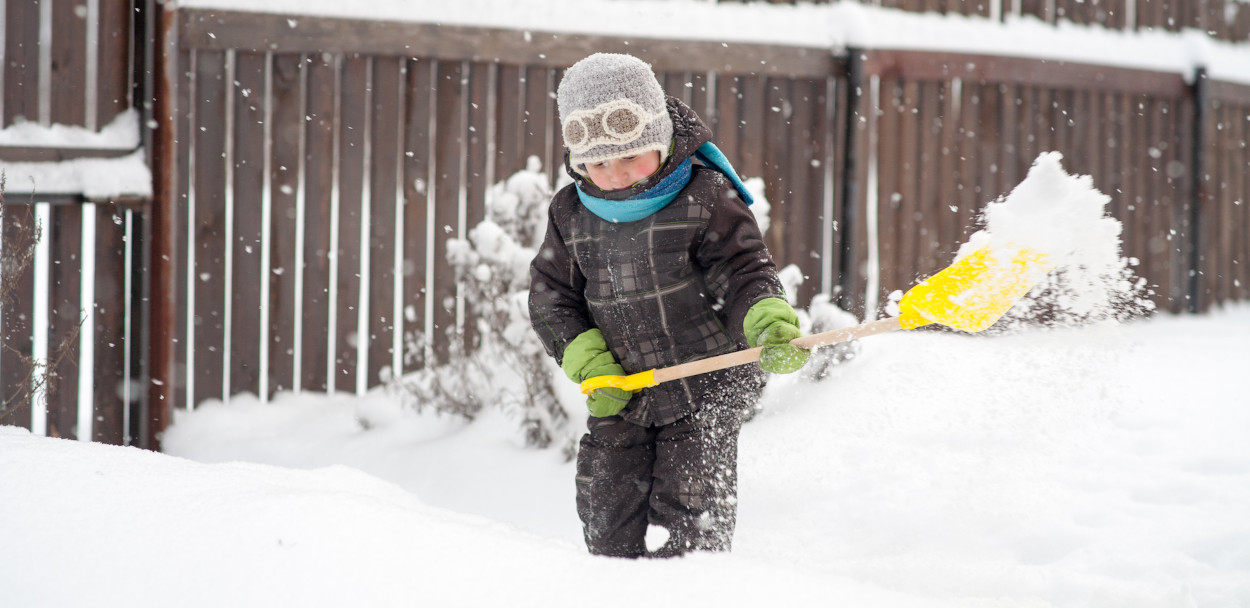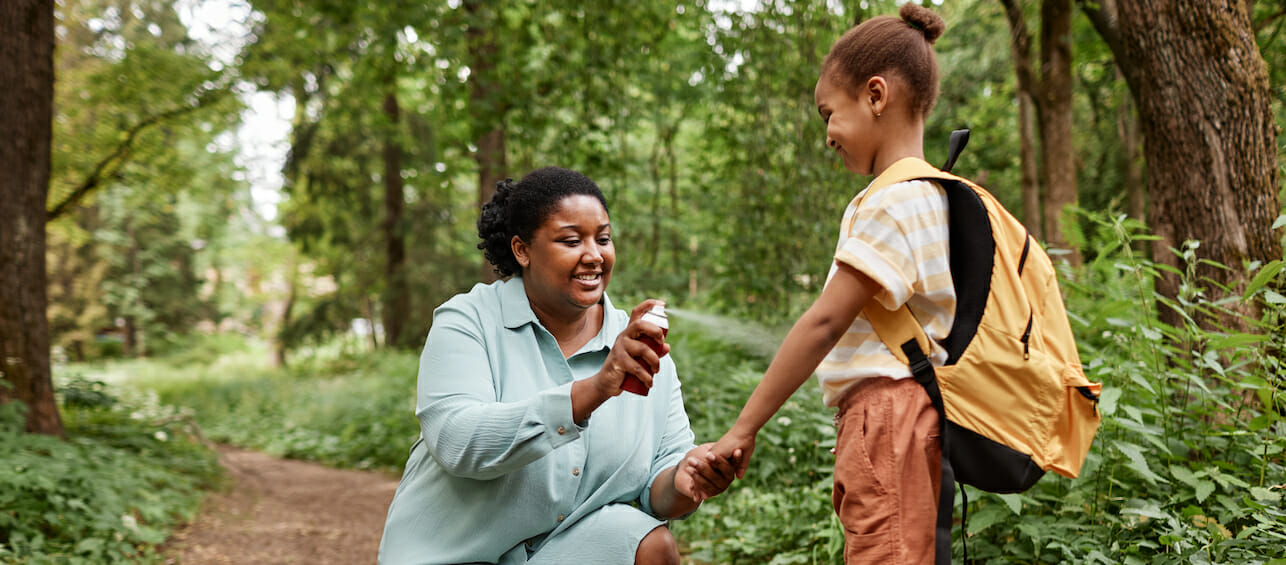Whether your kids are heading outside for that first good snowfall or the bus stop on a frigid day, it’s important to make sure they take the time to dress appropriately. This is because kids are more likely than adults to get frostnip and frostbite, as they lose heat from their skin faster.
Frostnip or Frostbite?
Taking time to dress in layers may seem like torture for them, but it can make a huge difference in tolerating the cold longer. It can also help prevent frostnip and frostbite. The side effects of frostnip are cold, pink, and tingly skin, and it is more common and less serious.
Frostbite is occurring when you see significant changes to the skin. Skin may become numb, hard, and white. As frostbite becomes more severe, the skin can blister. Essentially, the nerves, blood vessel and skin cells become frozen, which causes tissue damage. Frostbite is more dangerous than frostnip and needs immediate medical attention.
The body parts that are most at risk for frostnip and frostbite are the ones with the most exposure to the cold: fingers, toes, nose, outer ears and cheeks.
Avoiding Frostnip and Frostbite
The key to avoiding frostnip and frostbite is prevention. While it’s a process to get kids in their winter gear, it really is worth it. Here are some tips to help:
- Dress them in lots of thin layers of clothing.
The layer that’s closest to the skin should be made of a synthetic material so that it absorbs water. The outermost layer should be waterproof and windproof. This goes for gloves, too! - Cover their ears with a warm hat (ideally wool or fleece) or earmuffs.
- Bundle up with a scarf.
While they might think that it impedes their snowy activities, it can help keep their face warm when there isn’t anything else covering it. - Make sure their layers aren’t too tight.
Because frostbite happens when the blood flow is decreased, you don’t want their clothes to be constrictive before they head out the door. - Layer their feet, too.
Encourage them to wear a couple of layers of socks, and make sure their boots are waterproof. - Keep them dry.
If their inner layers happen to get wet, have them come inside and change clothes. Wet clothes can make things worse, and they’ll be more likely to get frostnip/frostbite. - Take breaks.
The colder it is, the more likely kids are to get frostnip. When it’s less than 32 degrees, have them come inside every 30 minutes to warm up.
Treating Frostnip and Frostbite
If you notice any of the warning signs of frostnip, take the following steps to prevent it from getting worse:
- Change out of any wet clothes and into warmer, dry ones.
- Submerge body parts in warm – not hot – water for no more than 30 minutes. It’s important to warm them up gradually. Similarly, do not use heating pads. It should be a gradual process; it can be painful for the blood flow to return to normal. They may need some ibuprofen to help with pain control.
- Use warm wash cloths on the face until the skin turns pink.
- Carry them if you suspect frostnip in their toes – it can be painful to walk on.
- Serve a warm drink.
If their skin has turned waxy and white, give their doctor a call immediately. There may be tissue damage and they will have other strategies to help with wound care. It’s still a good idea to start the warming strategies mentioned above while you’re waiting.
As you’re dressing them in all of those layers, explain what frostnip is and what it feels like. They can help watch for the warning signs to prevent it from getting worse. This is important because once kids get frostnip and frostbite, they are more likely to get it again in previously affected areas.





